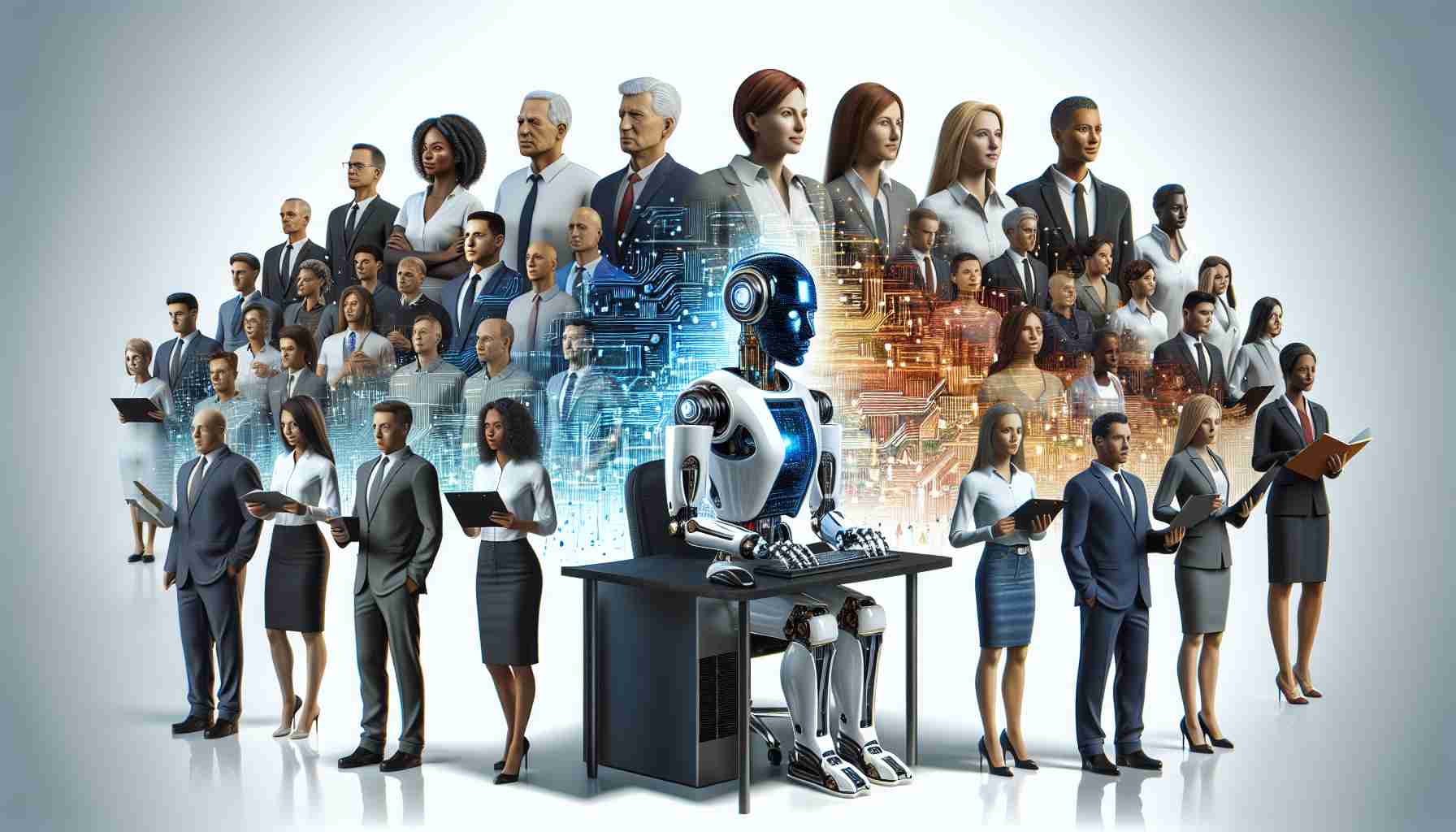Artificial Intelligence (AI) has transcended its traditional use in organizational departments and has now become a ubiquitous tool for enhancing efficiency across various sectors. Gone are the days when AI was limited to specific roles within a company; today, its reach extends to revolutionizing leadership roles. While AI empowers leaders to analyze vast amounts of data and make strategic decisions effortlessly, it also presents a delicate balance between leveraging technology and preserving the human touch in leadership.
In the recent past, AI was predominantly confined to certain organizational departments, such as industrial manufacturing production lines. However, with groundbreaking advancements in generative AI, exemplified by tools like ChatGPT, the landscape drastically shifted. Suddenly, utilizing generative AI no longer required the expertise of data scientists or AI specialists. Consequently, most companies ventured into harnessing AI’s potential on-premises.
The Dual Facet of AI for Leaders
AI represents a realm of opportunities for leaders within organizations. On one hand, AI can swiftly analyze extensive data, identify patterns, and provide valuable insights for strategic decision-making. On the other hand, it facilitates the generation of personalized information to enhance employee supervision and foster engagement and motivation. This newfound capability enables leaders to cultivate a corporate culture that attracts and retains top talent.
Navigating AI-Influenced Leadership
While the prospects of AI-influenced leadership appear promising, they come with inherent risks that necessitate careful navigation. Leaders must ensure that AI augmentation does not erode the human essence of their roles. Despite AI’s prowess, the technology currently generates somewhat mechanical and detached texts, as seen in interactions facilitated by tools like ChatGPT. To mitigate negative repercussions, leaders must adeptly tailor prompts to align with their leadership style or the organization’s overall culture.
Fostering Human-Centric Workplaces
To optimize AI functionality, human user data must complement the technology. Innate leadership traits, such as empathy, creativity, and ethical decision-making, are irreplaceable by AI. Neglecting these qualities risks inducing a counterproductive workplace dynamic characterized by detached interactions and diminished creativity among team members. By prioritizing the human element alongside AI integration, leaders can avoid alienating team members and undermining morale and innovation.
The Crucial Ingredient in AI-Influenced Leadership: People
Integrating AI into leadership demands preserving essential qualities of effective leaders rather than supplanting them. Emphasizing tasks that reinforce employee relationships, foster collaboration, and uphold ethical considerations alongside AI-driven decisions is vital. Continuous education and training for leaders and team members on responsible and ethical AI utilization are imperative to navigate the evolving landscape of AI in professional and personal spheres.
As the influence of AI continues to grow, leaders must uphold the human dimension of their roles. In an AI-driven workplace, prioritizing human connection, creativity, and emotional intelligence is paramount. Successfully embracing AI allows leaders to focus on what truly matters: the individuals within their organizations.
Additional Relevant Facts:
– AI in leadership can enhance decision-making by providing data-driven insights and predictions, leading to more informed choices.
– AI tools like natural language processing can assist in analyzing customer feedback and sentiment, helping leaders make decisions aligned with customer needs.
– AI can streamline operations by automating routine tasks, allowing leaders to focus on strategic planning and innovation.
Key Questions:
1. How can leaders maintain a balance between leveraging AI for data analysis and decision-making while maintaining human-centric leadership qualities?
2. What ethical considerations arise when utilizing AI in leadership roles, especially in terms of data privacy and bias?
3. How can organizations ensure that AI implementation in leadership does not lead to job displacement or reduce employee morale and creativity?
Advantages:
– Increased efficiency and accuracy in decision-making.
– Enhanced data analysis capabilities for strategic planning.
– Improved employee engagement through personalized interactions.
– Streamlined processes and automation of repetitive tasks.
Disadvantages:
– Risk of overreliance on AI, diminishing human creativity and innovation.
– Potential for biases in AI algorithms impacting decision-making.
– Ethical implications related to data privacy and transparency.
– Challenges in integrating AI seamlessly with existing leadership practices.
Related Links:
– Forbes
– World Economic Forum

